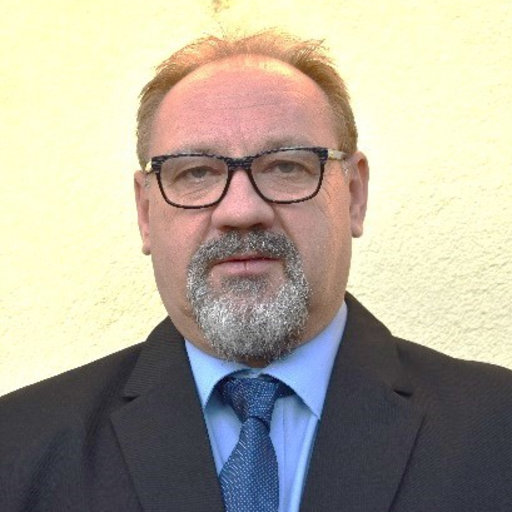Manufacturing, Welding, Testing and Applications of the Advanced Materials
A special issue of Crystals (ISSN 2073-4352). This special issue belongs to the section "Crystalline Metals and Alloys".
Deadline for manuscript submissions: 22 July 2024 | Viewed by 2446
Special Issue Editors
Interests: dynamic behaviour of materials; constitutive relations; elastic wave propagation; fracture; experiments; simulations
Special Issues, Collections and Topics in MDPI journals
Interests: heat treatment; metallic materials; material sciences; mechanical properties; microstructure; wear; surface properties; coatings; biomaterials; corrosion
Special Issues, Collections and Topics in MDPI journals
Interests: material sciences; welding; material testing; coatings; corrosion and wear phenomena
Interests: INDUSTRY 4.0; protection coatings; explosive load effects; rail transport
Interests: material sciences; biomaterials; surface traitments; laser technologies
Special Issue Information
Dear Colleagues,
Material properties determine their applicability. Additionally, we can design materials for special applications as a function of the required mechanical, chemical, electrical, and other properties and working conditions. The advanced materials are metals, polymers, composites, and ceramics for special applications. The testing of the materials is an essential way to know their properties. For advanced materials, we can use standardized tests, but it can require designing a new testing process.
Advanced materials can be a special chemical composition or special manufacturing f.ex. additive technology or heat treated to earn a special microstructure. Material designing and testing for a special application are necessary nowadays. The special application work condition can be the corrosive media, high wearing load or electromagnetic radiation. The special application work condition can be corrosive media, high wearing load, electromagnetic radiation, or other special loads.
- Experimental characterization of advanced materials when subjected to special conditions.
- Synthesis and characterization of improved materials to withstand special working conditions.
- New methods of synthesizing advanced materials for working in special environments.
- Computational simulation of advanced materials when subjected to special conditions
Thus, we are pleased to invite you to submit your work for this Special Issue, to assemble a collection of in-depth discussions and reflections on this fascinating and important topic for the development of science and technology.
Prof. Dr. Alexis Rusinek
Dr. László Tóth
Dr. Tünde Anna Kovács
Dr. Zoltán Nyikes
Dr. Enkő Bitay
Guest Editors
Manuscript Submission Information
Manuscripts should be submitted online at www.mdpi.com by registering and logging in to this website. Once you are registered, click here to go to the submission form. Manuscripts can be submitted until the deadline. All submissions that pass pre-check are peer-reviewed. Accepted papers will be published continuously in the journal (as soon as accepted) and will be listed together on the special issue website. Research articles, review articles as well as short communications are invited. For planned papers, a title and short abstract (about 100 words) can be sent to the Editorial Office for announcement on this website.
Submitted manuscripts should not have been published previously, nor be under consideration for publication elsewhere (except conference proceedings papers). All manuscripts are thoroughly refereed through a single-blind peer-review process. A guide for authors and other relevant information for submission of manuscripts is available on the Instructions for Authors page. Crystals is an international peer-reviewed open access monthly journal published by MDPI.
Please visit the Instructions for Authors page before submitting a manuscript. The Article Processing Charge (APC) for publication in this open access journal is 2600 CHF (Swiss Francs). Submitted papers should be well formatted and use good English. Authors may use MDPI's English editing service prior to publication or during author revisions.
Keywords
- advanced manufacturing
- welding
- material testing
- surface treating
- wear
- corrosion
- electromagnetic radiation









